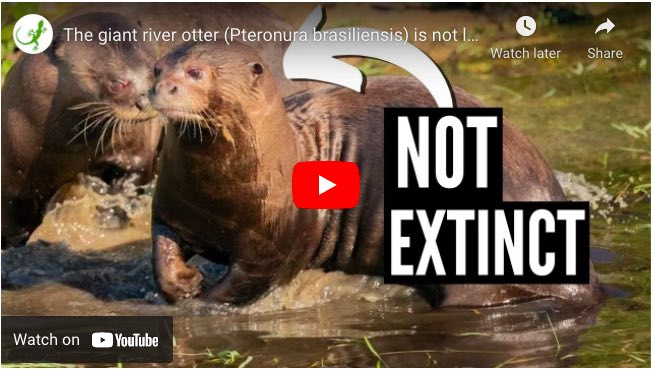People are connected electronically by vast networks of wires and cables underground. These underground networks make possible the internet, cell phones, television, and all our other devices that let us talk, work, and game together across vast distances.
What is a mycorrhizal network?
Plants are connected by networks of roots underground. These root networks are connected by fungi growing on and within the plant roots.
The combined root and fungus is called a mycorrhiza.
The networks of roots connected by fungi are called mycorrhizal networks.
Here is an example of a mycorrhizal network:

Mycorrhizal fungi connect the roots of plants to the surrounding soil.
Mycorrhizal fungi help the plants get water and nutrients from the soil. The fungi benefit from this relationship too. The plants supply sugars to the fungi.
Mycorrhizal networks are important for the health of ecosystems – they store carbon and move nutrients and water through networks of plants.
Mapping mycorrhizal networks
The mycorrhizal networks of ecosystems are not well understood in most parts of the world. The Society for the Protection of Underground Networks (SPUN) hopes to change this. SPUN is a scientific effort to map and conserve mycorrhizal networks.
SPUN is going to map mycorrhizal networks on the Palmyra Atoll in the center of the Pacific Ocean, the world’s most remote island. The SPUN team will study the connection between birds, trees, underground fungi and underwater coral reefs on the atoll.
SPUN has already been mapping mycorrhizal fungal communities in Colombia, Ecuador, and the Apennine Mountains in Italy.
Toby Kiers is a professor of evolutionary biology at VU Amsterdam. He is the executive director of SPUN. Professor Viers explained why studying mycorrhizal networks is important: “The destruction of underground ecosystems accelerates climate change and biodiversity loss and interrupts vital global nutrient cycles. Mycorrhizal networks should be regarded as a global public good to be protected and restored.”
Read more Wild News!

You may also like:
-
Scientists hope for a bright future for ‘fish from the clouds’

In Brazil, folklore says that colorful fish fall from the clouds when it rains. Could this magical folk story be true?
-
Where are the insects? Look up!

Nets attached to a tall tower in the Amazon have trapped thousands of insects at surprising heights!
-
Parrot memory game!

Do you have a good memory like a parrot? Find out!






